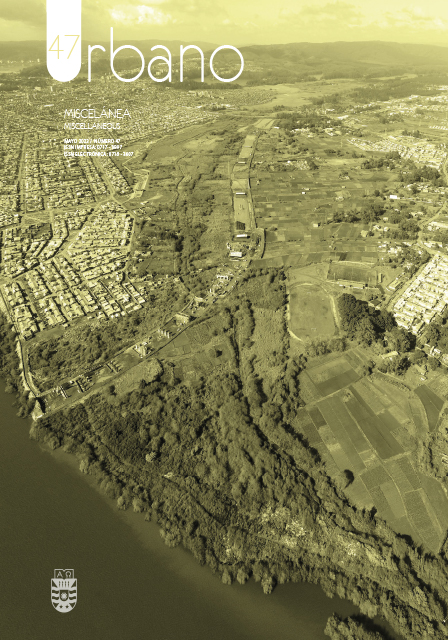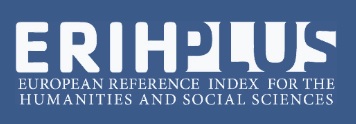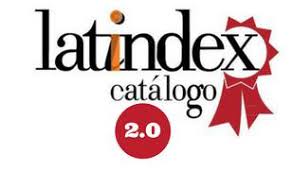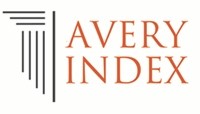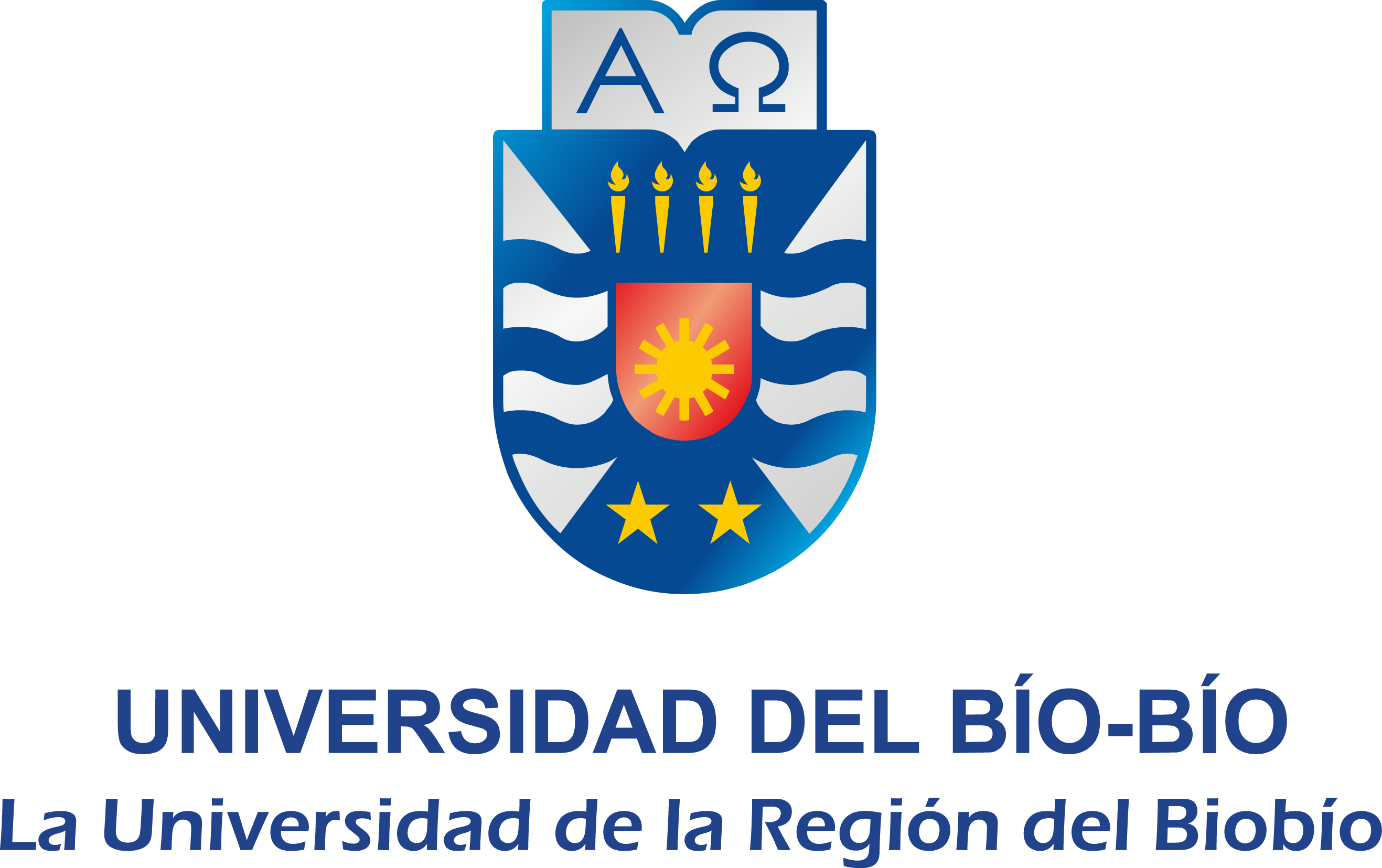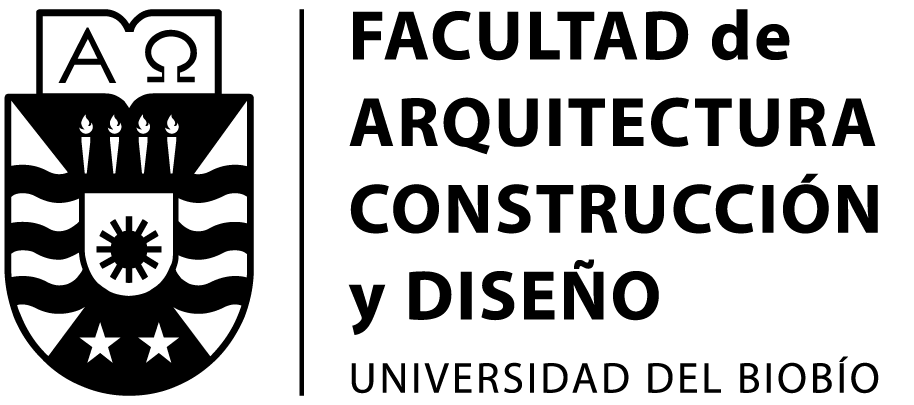Spaces of obesity: Exploring clusters of childhood obesity, residential segregation, and food environment in the Metropolitan Area of Santiago, Chile
DOI:
https://doi.org/10.22320/07183607.2023.26.47.09Keywords:
Childhood obesity, nutritional inequality, urban segregationAbstract
In 2018, 50.9% of all Chilean children, measured by the "Nutritional Map" of the Ministry of Education, were categorized as overweight or obese, which is evidence of rising obesity rates in Latin America. Discussions on the subject revolve around the tension between agency-determining factors, such as eating and exercise habits, and structural ones, pointing to the correlations between high levels of obesity and poverty. However, there is also a territorial dimension that stands out, especially in cases with high levels of residential segregation, as is the case in many Latin American cities. Here there are potential clusters of more or less obesogenic food environments, where the socioeconomic level, the nutritional status of the sector, and the food supply of the place are correlated. In this article, the spatial dimensions of childhood obesity are mapped, arguing that the segregation of nutritional status overlaps with the nature of multidimensional inequalities in Chilean cities. The study was done by organizing and combining public databases and spatial analysis techniques to create diagnostic maps. The results show a trend towards higher obesity rates as the socioeconomic level of the neighborhood decreases, while food environments vary according to the availability of different combinations of supply (street markets, quantity and size of supermarkets, traditional channels) for each socioeconomic level, suggesting the presence of different types of food environments. The paper concludes with reflections on how the nutritional context has changed since the Covid-19 pandemic and opens a discussion on the role of urban planning in creating nutritional (in)equity conditions.
Downloads
References
AZAR, A., FRANETOVIC, G., MARTÍNEZ, M. & SANTOS, H. (2015). Determinantes Individuales, Sociales y Ambientales del Sobrepeso y la Obesidad Adolescente en Chile. Revista Médica De Chile, 143(5), 598-605. DOI: http://dx.doi.org/10.4067/S0034-98872015000500007
BLACK, C., MOON, G. & BAIRD, J. (2014). Dietary Inequalities: What is the evidence for the effect of the neighborhood food environment? Health And Place, 27, 229-242. DOI: https://doi.org/10.1016/j.healthplace.2013.09.015
BOOTH, K., PINKSTON, M. M. & POSTON, W. S. C. (2005). Obesity and the built environment. Journal of The American Dietetic Association, 105(5), S110-S117. DOI: https://doi.org/10.1016/j.jada.2005.02.045
BORSDOF, A. (2003). Cómo modelar el desarrollo y la dinámica de la ciudad latinoamericana. Revista Eure, 86(37), 37-49. DOI: http://dx.doi.org/10.4067/S0250-71612003008600002
CAMARGO, D. F. M., BELON, A. P., MARÍN-LEÓN, L., SOUZA, B. F. do N. J. de., PÉREZ-ESCAMILLA, R. & SEGALL-CORRÊA, A. M. (2019). Comparing food environment and food purchase in areas with low and high prevalence of obesity: Data from a mapping, in-store audit, and population-based survey. Cadernos De Saúde Pública, 35(9), e00247218. DOI: https://doi.org/10.1590/0102-311X00247218
CASEY, R., OPPERT, J.M., WEBER, CH., CHARREIRE, H., SALZE, P., BADARIOTTI, D., BANOS, A., FISCHLER, C., GIACOMAN HERNANDEZ, C., CHAIX, B. & SIMON, CH. (2014). Determinants of childhood obesity: What can we learn from built environment studies? Food Quality And Preference, 31, 164-172. DOI: https://doi.org/10.1016/j.foodqual.2011.06.003
CELIS-MORALES, C., LEIVA, A., MARTÍNEZ, M., DURÁN, E., LABRAÑA, A., PETERMANN, F DÍAZ, X. (2017). Aumento del Índice de Masa Corporal durante las Últimas Cuatro Décadas en la Población Chilena: de la Desnutrición a la Obesidad. Revista Médica de Chile, 145(10), 1363-1364. DOI: http://dx.doi.org/10.4067/S0034-98872017001001363
CROVETTO, M. M., & UAUY, R. (2014). Cambios en el consumo aparente de lácteos, bebidas azucaradas y jugos procesados en el gran Santiago. 1987-2007. Revista Médica De Chile, 142(12), 1530-1539. DOI: https://dx.doi.org/10.4067/S0034-98872014001200006
COOKSEY-STOWERS, K., SCHWARTZ, M. B. & BROWNELL, K. D. (2017). Food swamps predict obesity rates better than food deserts in The United States. International Journal of Environmental Research and Public Health, 14(11), 1366. DOI: https://doi.org/10.3390/ijerph14111366
DAVISON, K. & BIRCH, L. (2001). Child and parent characteristics as predictors of change in girls' body mass index. International Journal of Obesity, 25(12), 18-34. DOI: https://doi.org/10.1038/sj.ijo.0801835
DINSA, G., GORYAKIN, Y., FUMAGALLI, E. & SUHRCKE, M. (2012). Obesity and socioeconomic status in developing countries: a systematic review. Obesity Reviews, 13(11), 1067–1079. DOI: https://doi.org/10.1111/j.1467-789x.2012.01017.x
ESPINOZA, P. O. H., EGAÑA, D. M., MASFERRER, D. & CERDA, R. (2017). Propuesta de un modelo conceptual para el estudio de los ambientes alimentarios en Chile. Revista Panamericana De Salud Pública, 41, e169. DOI: https://doi.org/10.26633/RPSP.2017.169
FIGUEROA, A., ROBLES, M. C. T., SABATINI, F., QUIERO, G. C. & TREBILCOCK, M. P. (2021). Desde la segregación a la exclusión residencial ¿Dónde están los nuevos hogares pobres (2000- 2017) de la ciudad de Santiago, Chile? Revista De Urbanismo, 44, 39. DOI: https://doi.org/10.5354/0717-5051.2021.55948
GIACOMAN, C., HERRERA, M. S. & AYALA, P. (2021). Household Food Insecurity before and during the Covid-19 Pandemic in Chile. Public Health, 198, 332–339. DOI: https://doi.org/10.1016/j.puhe.2021.07.032
GOLDSMITH WEIL, J. & OLIVARES, F. (2023) Programa de Alimentación Escolar en Pandemia: Chile 2020, aprendizajes para un proceso constituyente. Rivar, 10(28), 142-149. DOI: https://doi.org/10.35588/rivar.v10i28.5404
GONZÁLEZ-ALEJO, A. L., PROPIN FREJOMIL, E. & ROSALES-TAPIA, A. R. (2019). Spatial Patterns of Access to Retail Food Outlets in Mexico City. Finisterra, 54(111), 133-152. DOI: https://doi.org/10.18055/Finis16456
GONZÁLEZ-ZAPATA, L., CARREÑO-AGUIRRE, C., ESTRADA, A., MONSALVE-ALVAREZ, J. & ALVAREZ, L. S. (2017). Exceso de peso corporal en estudiantes universitarios según variables sociodemográficas y estilos de vida. Revista chilena de Nutrición, 44(3), 251-261. DOI: https://dx.doi.org/10.4067/s0717-75182017000300251
GUILLAUME, M., LAPIDUS, L., BECKERS, F., LAMBERT, A. & BJÖRNTORP, P. (1995). Familial trends of obesity through three generations: the Belgian-Luxembourg child study. International journal of obesity and related metabolic disorders : journal of the International Association for the Study of Obesity, 19 Suppl 3, S5–S9. PubMed. https://pubmed.ncbi.nlm.nih.gov/8581077/
HERRERA, J.C., LIRA, M. & KAIN, J. (2018). Vulnerabilidad Socioeconómicay Obesidad en Escolares Chilenos de Primero Básico: Comparación entre los años 2009 y 2013. Revista chilena de Pediatría, 88(6), 736-743. DOI: https://dx.doi.org/10.4067/S0370-41062017000600736
HUIZAR, M. I., ARENA, R. & LADDU, D. (2021). The global food syndemic: The impact of food insecurity, Malnutrition and obesity on the healthspan amid the COVID-19 pandemic. Progress in Cardiovascular Diseases, 64, 105–107. DOI: https://doi.org/10.1016/j.pcad.2020.07.002.
JUNAEB. (2019). Informe Mapa Nutricional 2018. Junta Nacional de Auxilio Escolar y Becas: Santiago, Chile. Recuperado de: https://www.junaeb.cl/wp-content/uploads/2023/03/Informe-Mapa-Nutricional-2018-1.pdf
LINK, F., VALENZUELA, F. & FUENTES, L. (2015). Segregación, Estructura y Composición Social del Territorio Metropolitano en Santiago de Chile. Complejidades Metodológicas en el Análisis de la Diferenciación Social en el Espacio. Revista de geografía Norte Grande, 62, 151-168. DOI: https://dx.doi.org/10.4067/S0718-34022015000300009
LLORCA-JAÑA, M., NAZER, R., MORALES, D. & NAVARRETE-MONTALVO, J. (2020). Milk and meat consumption and production in Chile, c. 1930-2017: A history of a successful nutrition transition. Historia Agraria, 82, 245–285. DOI: https://doi.org/10.26882/histagrar.082e05l
MARTELETO, L., GAMA, L., DONDERO, M. & LETISHA, E. (2018). The Weight Of Inequality: Socioeconomic Status And Adolescent Body Mass In Brazil. Social Forces, 95(4), 1637-1666. DOI: https://doi.org/10.1093/sf/sox028
MARTÍNEZ ESPINOSA, A. (2017). La consolidación del ambiente obesogénico en México. Estudios Sociales. Revista de Alimentación Contemporánea y Desarrollo Regional, 27(50). DOI: https://doi.org/10.24836/es.v27i50.454
MASSEY, D. S. & DENTON, N. A. (1988). The Dimensions of Residential Segregation. Social Forces, 67(2): 281-315. DOI: https://doi.org/10.1093/sf/67.2.281
MENA, G. E., MARTINEZ, P. P., MAHMUD, A. S., MARQUET, P. A., BUCKEE, C. O. & SANTILLANA, M. (2021) Socioeconomic status determines COVID-19 incidence and related mortality in Santiago, Chile. Science (New York, N.Y.), 372(6545), eabg5298. DOI: https://doi.org/10.1126/science.abg5298
MÖNCKEBERG BARROS, F. & MUZZO, S. (2015). La Desconcertante Epidemia de Obesidad. Revista chilena de Nutrición, 42(1), 96-102. DOI: https://dx.doi.org/10.4067/S0717-75182015000100013
MORLAND, K., WING, S., ROUX, A. D. & POOLE, C. (2002). Neighborhood characteristics associated with the location of food stores and food service places. American Journal of Preventive Medicine, 22(1), 23–29. DOI: https://doi.org/10.1016/s0749-3797(01)00403-2
NILES, M. T., BERTMANN, F., BELARMINO, E. H., WENTWORTH, T. R., BIEHL, E. & NEFF, R. A. (2020). The Early Food Insecurity Impacts of COVID-19. Nutrients, 12(7), 2096. DOI: https://doi.org/10.3390/nu12072096
NOGUEIRA, L. R., FONTANELLI, M. D. M., AGUIAR, B. S. D., FAILLA, M. A., FLORINDO, A. A., LEME, A. C. & FISBERG, R. M. (2020). Is the local food environment associated with excess body weight in adolescents in São Paulo, Brazil? Cadernos de Saúde Pública, 36(2), e00048619. DOI: https://doi.org/10.1590/0102-311X00048619
OLIVARES, S., BUSTOS, N., LERA, L. & ZELADA, M. (2007). Estado nutricional, consumo de alimentos y actividad física en escolares mujeres de diferente nivel socioeconómico de Santiago de Chile. Revista médica de Chile, 135(1), 71-78. DOI: https://dx.doi.org/10.4067/S0034-98872007000100010
Oficina de Estudios y Políticas Agrarias del Ministerio de Agricultura, Gobierno de Chile. (ODEPA) (2016). ONG Espacio y Fomento. Estudio para el desarrollo de los mercados locales para mejorar el acceso a frutas y hortalizas frescas en las regiones Metropolitana y del General Libertador Bernardo O'Higgins. Informe Final. Diciembre: Santiago, Chile. Recuperado de: https://www.odepa.gob.cl/wp-content/uploads/2016/12/demercadoslocales.pdf
OKEN, E. (2009). Maternal And Child Obesity: The Causal Link. Obstetrics and gynecology clinics of North America, 36(2), 361–377. DOI: https://doi.org/10.1016/j.ogc.2009.03.007
PARSONS, T., POWER, C., LOGAN, S. & AL., E. (1999). Childhood predictors of adult obesity: a systematic review. International Journal of Obesity and Related Metabolic Disordersy, 23 Suppl 8, S1–S107. Recuperado de: https://pubmed.ncbi.nlm.nih.gov/10641588/
PÉREZ-ESCAMILLA, R., CUNNINGHAM, K. & MORAN, V. H. (2020). COVID‐19 and maternal and child food and nutrition insecurity: a complex syndemic. Maternal and Child Nutrition, 16(3), 1-4. DOI: https://doi.org/10.1111/mcn.13036
PONTIGO LUES, K. & CASTILLO-DURÁN, C. (2016). Horarios de alimentación y sueño en adolescentes chilenos de San Antonio, V Región: Su asociación con obesidad y distribución de adiposidad corporal. Revista Chilena de Nutrición, 43(2), 124-130. DOI: https://dx.doi.org/10.4067/s0717-75182016000200003
POPKIN, B. M., LU, B. & ZHAI, F. (2002). Understanding the nutrition transition: Measuring rapid dietary changes in transitional countries. Public Health Nutrition, 5(6a), 947–953. DOI: https://doi.org/10.1079/phn2002370
RANJIT, N., WILKINSON, A. V., LYTLE, L. A., EVANS, A. E., SAXTON, D. & HOELSCHER, D. M. (2015). Socioeconomic inequalities in children’s diet: the role of the home food environment. International Journal of Behavioral Nutrition and Physical Activity, 12(1), S4. DOI: https://doi.org/10.1186/1479-5868-12-s1-s4
REYES-OLAVARRÍA, D., LATORRE-ROMÁN, P. A., GUZMÁN-GUZMÁN, I. P., JEREZ-MAYORGA, D., CAAMAÑO-NAVARRETE, F. & DELGADO-FLOODY, P. (2020). Positive and Negative Changes in Food Habits, Physical Activity Patterns, and Weight Status during COVID-19 Confinement: Associated Factors in the Chilean Population. International Journal of Environmental Research and Public Health, 17(15), 5431-5445. DOI: https://doi.org/10.3390/ijerph17155431
RUIZ-ROSO, M. B., DE CARVALHO PADILHA, P., MANTILLA-ESCALANTE, D. C., ULLOA, N., BRUN, P., ACEVEDO-CORREA, D., PERES, W. A. F., SUREDA, A., AIRES, M. T., DE OLIVEIRA CARDOSO, L., CARRASCO-MARÍN, F., PATERNINA-SIERRA, K., RODRIGUEZ-MEZA, J. E., MONTERO, P. M., BERNABÈ, G., PAULETTO, A., TACI, X., VISIOLI, F. & DÁVALOS, A. (2020). Covid-19 confinement and changes of adolescent’s dietary trends in Italy, Spain, Chile, Colombia and Brazil. Nutrients, 12(6), 1807-1821. DOI: https://doi.org/10.3390/nu12061807
SABATINI, F. & WORMALD, G. (2013). Segregación de la vivienda social: Reducción de oportunidades, pérdida de cohesión. En F. Sabatini, G. Wormald & A. Rasse (Eds.), Segregación De La Vivienda Social: Ocho Conjuntos En Santiago, Concepción Y Talca. Colección Estudios Urbanos UC, pp.12-31. Recuperado de: https://www.researchgate.net/publication/301485647_Segregacion_de_la_vivienda_social_reduccion_de_oportunidades_perdida_de_cohesion
SABATINI, F. & BRAIN, I. (2008). La segregación, los guetos y la integración social urbana: Mitos y claves. Revista Eure, 34(103), 5-26. DOI: http://dx.doi.org/10.4067/S0250-71612008000300001
SALINAS, V. & GOLDSMITH WEIL, J. (2020). Una nueva mirada a los determinantes del peso infantil en la primera infancia. Revista Chilena De Pediatría. 19(6), 899-907. DOI: https://doi.org/10.32641/rchped.v91i6.1280
SANHUEZA, C. & LARRAÑAGA, O. (2008). Las consecuencias de la segregación residencial para los más pobres. Observatorio Económico, 19, 1-8. DOI: https://doi.org/10.11565/oe.vi19.309
SILVA, A., JANO, P. & VON HAUSEN, N. (2021). Obesity under full fresh fruit and vegetable access conditions. PLOS ONE, 16(4), e0249333. DOI: https://doi.org/10.1371/journal.pone.0249333
VOLPE, R., OKRENT, A. M. & LEIBTAG, E. S. (2013). The Effect of Supercenter-format Stores on the Healthfulness of Consumers’ Grocery Purchases. American Journal of Agricultural Economics, 95(3), 568–589. DOI: https://doi.org/10.1093/ajae/aas132
WHITAKER, R. C., WRIGHT, J. T., PEPE, M. S., SEIDEL, K. & DIETZ, W. H. (1997). Predicting Obesity in Young Adulthood from Childhood and Parental Obesity. The New England Journal of Medicine, 337(13), 869–873. DOI: https://doi.org/10.1056/nejm199709253371301
ZAZO MORATALLA, A. & ÁLVAREZ-AGEA, A. (2020). CIUDAD COVID 19: una nueva inequidad en el espacio y el tiempo urbano. Urbano, 23(41), 04–09. DOI: https://doi.org/10.22320/07183607.2020.23.41.00
Downloads
Published
How to Cite
Issue
Section
License
Copyright (c) 2023 Jael Goldsmith-Weil, Joaquin Rivera Zaldivar

This work is licensed under a Creative Commons Attribution-ShareAlike 4.0 International License.
The content of articles which are published in each edition of Habitat Sustentable, is the exclusive responsibility of the author(s) and does not necessarily represent the thinking or compromise the opinion of University of the Bio-Bio.
The author(s) conserve their copyright and guarantee to the journal, the right of first publication of their work. This will simultaneously be subject to the Creative Commons Recognition License CC BY-SA, which allows others to share-copy, transform or create new materials from this work for non-commercial purposes, as long as they recognize authorship and the first publication in this journal, and its new creations are under a license with the same terms.![]()

